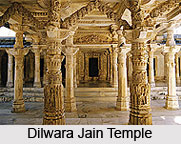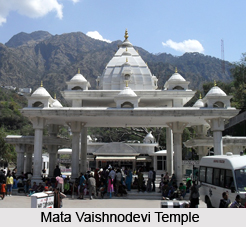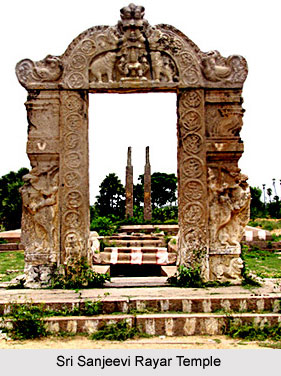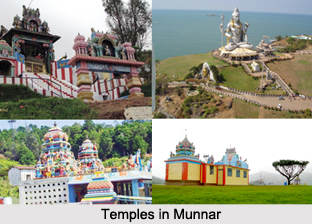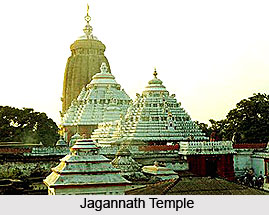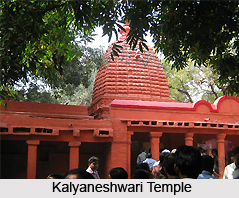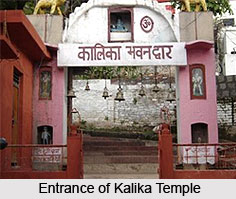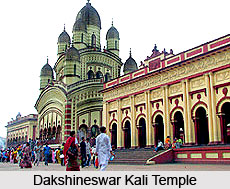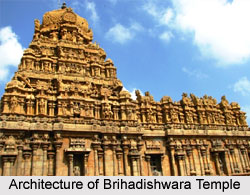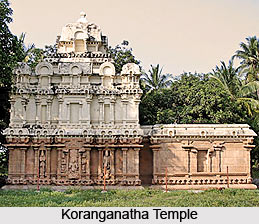 Koranganatha Temple is known for its advanced architectural features. The vestibule inserted between the sanctum and ardha-mandapa. The Sanctum inside vimana is a square chamber. This temple has no sedent or rampant lion base pillars. The architects introduced a new scheme where animal`s heads were put into a single-course. This is an advanced feature noticed at Koranganatha Temple. There is a single-course row consisting of animal heads, vyala row which is placed above adhisthana.
Koranganatha Temple is known for its advanced architectural features. The vestibule inserted between the sanctum and ardha-mandapa. The Sanctum inside vimana is a square chamber. This temple has no sedent or rampant lion base pillars. The architects introduced a new scheme where animal`s heads were put into a single-course. This is an advanced feature noticed at Koranganatha Temple. There is a single-course row consisting of animal heads, vyala row which is placed above adhisthana.
There is a low rising upapitam which is constructed to level the ground for construction of the temple. Above this upapitam rises upanam. There is a kambudam above this which is rounded at its edges. Again above this there is kabodam which is surmounted with yalam. The vyala row has magnificent figures of mythological animals with heads of lions or elephants. Makara figures are protruding out on the corners.
There are several pavilions in the attic of the first storey of the vimana. Karnakuta is placed at the angle of the edifice. Salai is placed in middle that has an elongated oblong roof. There are niches, gosta-panjaram, carved between pilasters on the external walls of the temple sanctum. On top of the niches is the makara-torana. Niches were provided for attendants. The images placed inside the niches are boldly carved. On right side there is a small niche where Shiva is depicted as Bhikshatanamurti. On left side niche is a dvarpala who is standing with both his hands folded on his chest. Niche on north side has an image of Lord Brahma. He is standing in sambhaga posture carrying an askamala and a kamandalu in his upper arms.
According to an inscription the name of the temple is Tirukkurakkutturai-Perumanadigal. The local name is Koranganatha that was given based upon a local legend. It states that the temple was defiled by a monkey after its completion. Therefore it was never consecrated.
This article is a stub. You can enrich by adding more information to it. Send your Write Up to content@indianetzone.com












